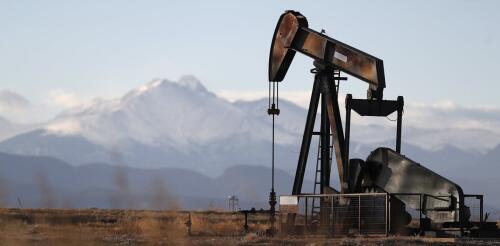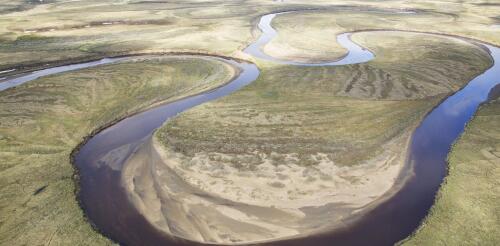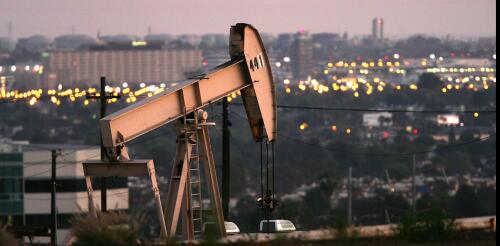Oil
The United States is producing more oil and natural gas today than ever before, and far more than any other country. So, what roles did the Trump-Pence and Biden-Harris administrations play in this surge? The answer might surprise you, given the way each has talked publicly about fossil fuels: former President Donald Trump embracing them, and President Joe Biden and Vice President Kamala Harris focusing on reducing fossil fuel use to fight climate change. Under each of the three most recent presidencies, Republican and Democratic alike, U.S. oil and gas production was higher at the end of the administration’s term than at the beginning. That production has both pros and cons. Together, oil and gas account for nearly three-quarters of U.S. energy consumption. Producing oil and gas in the U.S. provides energy security, and high production generally keeps prices down. Burning oil and gas, however, releases carbon dioxide into the air, contributing to climate change. And nat...
On a recent visit to Rangely, a small town in northwest Colorado, my colleagues and I met with the administrators of a highly regarded community college to discuss the town’s economy. Leaving the scenic campus, we saw families driving into the mountains in off-road vehicles, a favorite activity for this outdoors-loving community. With a median household income above US$70,000 and a low cost of living, Rangely does not have the signs of a town in economic distress. But an existential risk looms over Rangely. The town is here because of an oil boom during World War II. Today, the oil and gas industry contributes over half of the county’s economic output. Rangely is not unique in the United States, which is the world’s largest producer of oil and natural gas. There are towns across the country that depend on the oil and gas industry for well-paying jobs and public revenues that fund their schools and other critical services. A heavy dependence on any single indus...
For more than six decades, Alaska’s North Slope has been a focus of intense controversy over oil development and wilderness protection, with no end in sight. Willow field, a 600-million-barrel, US$8 billion oil project recently approved by the Biden administration – to the outrage of environmental and climate activists – is the latest chapter in that long saga. To understand why President Joe Biden allowed the project, despite vowing “no more drilling on federal lands, period” during his campaign for president, some historical background is necessary, along with a closer look at the ways domestic and international fears are complicating any decision for or against future oil development on the North Slope. More than just Willow The Willow project lies within a vast, 23 million-acre area known as the National Petroleum Reserve-Alaska, or NPR-A. This was one of four such reserves set aside in the early 1900s to guarantee a supply of oil for the U.S....
Through a year of war in Ukraine, the U.S. and most European nations have worked to help counter Russia, in supporting Ukraine both with armaments and in world energy markets. Russia was Europe’s main energy supplier when it invaded Ukraine, and President Vladimir Putin threatened to leave Europeans to freeze “like a wolf’s tail” – a reference to a famous Russian fairy tale – if they imposed sanctions on his country. But thanks to a combination of preparation and luck, Europe has avoided blackouts and power cutoffs. Instead, less wealthy nations like Pakistan and India have contended with electricity outages on the back of unaffordably high global natural gas prices. As a global energy policy analyst, I see this as the latest evidence that less wealthy nations often suffer the most from globalized oil and gas crises. I believe more volatility is possible. Russia has said that it will cut its crude oil production starting on March 1, 2023, by...
Lire cet article en français Los Angeles had oil wells pumping in its neighborhoods when Hollywood was in its infancy, and thousands of active wells still dot the city. These wells can emit toxic chemicals such as benzene and other irritants into the air, often just feet from homes, schools and parks. But now, after nearly a decade of community organizing and studies demonstrating the adverse health impacts on people living nearby, Los Angeles’ long history with urban drilling is nearing an end. In a unanimous vote on Jan. 24, 2023, the Los Angeles County Board of Supervisors voted to ban new oil and gas extraction and phase out existing operations. It followed a similar vote by the Los Angeles City Council a month earlier. The city set a 20-year phaseout period, while the county has yet to set a timetable. As environmental health researchers, we study the impacts of oil drilling on surrounding communities. Our research shows that people living near these urban oil...




